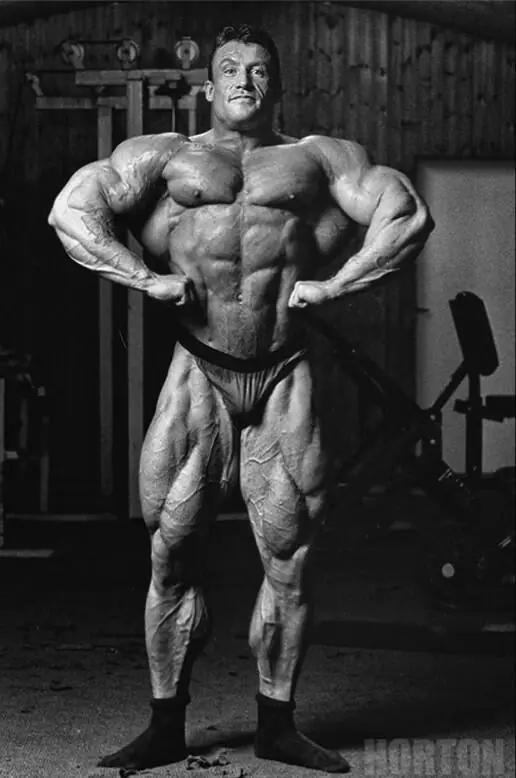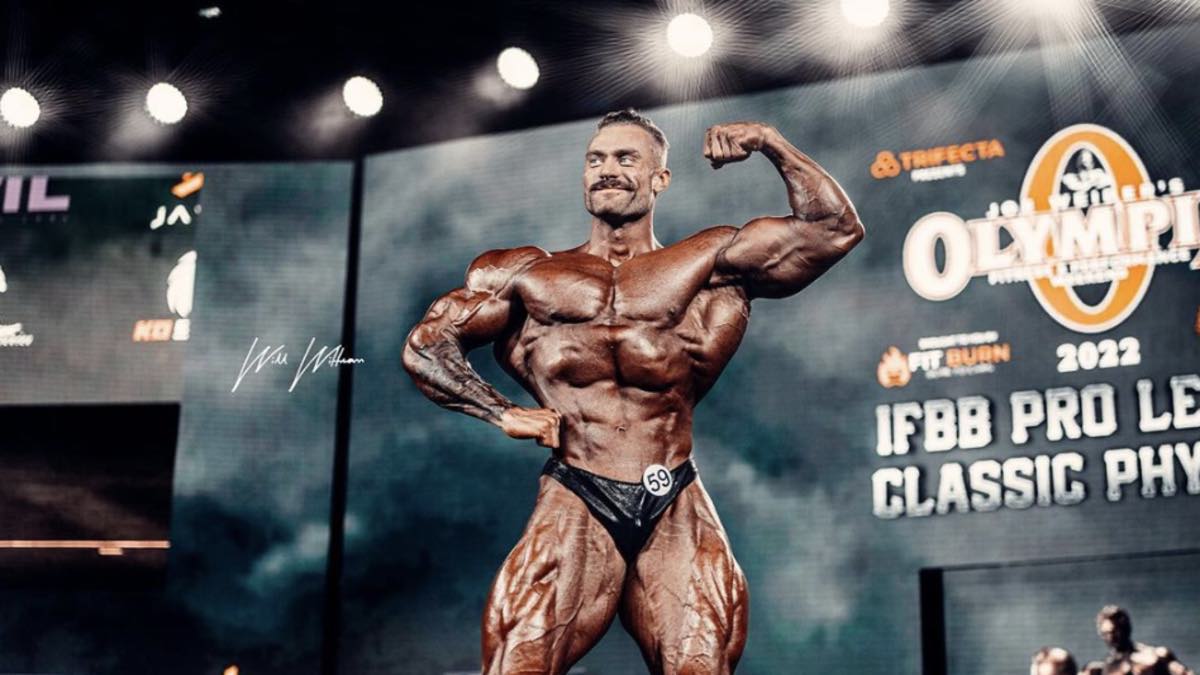The Evolution of Bodybuilding: How Mr. Olympia Has Shaped and Redefined the Sport
Bodybuilding is not just a sport; it's a culture, a lifestyle, and for many, an art form. Since the inception of Mr. Olympia in 1965, bodybuilding has undergone a profound transformation. Each era of Mr. Olympia has introduced new aesthetics, training techniques, and standards of what it means to be the "ultimate bodybuilder."
This article will take you on a journey through the history of Mr. Olympia and the evolution of bodybuilding itself, from the early days of sculpted aesthetics to today's emphasis on size, strength, and conditioning. We’ll examine how science, technology, and even media have redefined the sport, shaping how bodybuilders train, eat, and compete.
The Golden Era: Aesthetics and Symmetry (1960s - 1970s)
The 1960s and 1970s are often referred to as the Golden Era of bodybuilding. The physiques of this era were defined by balance, symmetry, and an artistic approach to bodybuilding. Competitors like Larry Scott, the first-ever Mr. Olympia winner in 1965, and Arnold Schwarzenegger, who dominated the 1970s, brought an element of classical proportion that has become legendary.
During this time, the judging criteria were heavily based on aesthetics—size was important, but proportion and symmetry were paramount. Arnold Schwarzenegger set the standard with his broad shoulders, tiny waist, and sweeping V-taper that would inspire generations of bodybuilders to follow.

The training techniques of the era were simpler but effective—focused on basic compound lifts and high-volume workouts to create dense, balanced muscle. Nutrition was straightforward, revolving around natural foods, with little emphasis on supplements. It was a time when bodybuilders were seen as sculptors, creating balanced physiques rather than chasing extreme size.
The Rise of the Mass Monsters (1980s - 1990s)
By the 1980s, the bodybuilding world began to shift. Lee Haney set a new standard by winning eight consecutive Mr. Olympia titles (1984-1991). His reign brought a focus on not only symmetry and proportion but also increased size. Haney was a bridge between the aesthetic focus of the 1970s and the mass monsters that would dominate the 1990s.
This era saw the emergence of the "bigger is better" mentality, with bodybuilders pushing the limits of muscularity. Dorian Yates, who won his first Mr. Olympia title in 1992, introduced a level of size and conditioning that had never been seen before. His grainy muscle definition and sheer mass would influence the next decade of bodybuilding.

But with the rise of mass came the unspoken reality: the increased use of anabolic steroids and other performance-enhancing drugs (PEDs). While steroids had been used as far back as the 1960s, their presence became far more prominent in the 1980s and 1990s as bodybuilders sought to push the boundaries of muscularity.
The Role of Steroids and PEDs in the Mass Monster Era
The "mass monsters" like Dorian Yates and later, Ronnie Coleman, weren’t just relying on training and nutrition alone to build their massive physiques. By the 1990s, steroid use had become deeply embedded in the culture of competitive bodybuilding.
Anabolic steroids such as testosterone, Deca-Durabolin, and Dianabol were used to significantly increase muscle size and enhance recovery. These drugs allowed bodybuilders to train harder, lift heavier, and recover faster. However, they came with serious risks, including liver damage, heart problems, and hormonal imbalances.
Bodybuilders also began using what is known as "stacks"—combinations of multiple steroids and other PEDs. A typical stack in the 1990s could include testosterone, growth hormone (GH), insulin, and Clenbuterol. Growth hormone and insulin, in particular, allowed athletes to achieve unprecedented levels of size and fullness.
During this period, insulin manipulation became a key factor in pushing size to new extremes. Used in conjunction with anabolic steroids and growth hormone, insulin helped bodybuilders pack on even more muscle mass, although it also posed severe health risks, such as diabetes and metabolic disorders.
Typical Steroid Stack for Mass Monsters (1990s):
- Testosterone Enanthate (for size and strength)
- Deca-Durabolin (for joint support and muscle mass)
- Dianabol (a fast-acting oral steroid for explosive growth)
- Growth Hormone (GH, for increased muscle fullness and fat loss)
- Insulin (to drive nutrients into muscle cells for rapid growth)
- Clenbuterol (used during cutting phases for fat loss and muscle definition)

The results were obvious: by the time Ronnie Coleman won his first Mr. Olympia title in 1998, he was tipping the scales at over 300 lbs during the off-season. His mass, combined with the shredded conditioning he brought to the stage, cemented his legacy as one of the greatest (and largest) bodybuilders in history, with a record-tying eight Mr. Olympia titles.
Advances in Science and Technology (2000s - 2010s)
By the 2000s, bodybuilding training had become as much about science as it was about iron. As Phil Heath emerged as a dominant force, winning seven consecutive Mr. Olympia titles from 2011 to 2017, he embodied a blend of the aesthetic appeal from the Golden Era and the mass monster size of the 1990s. Heath's nickname, "The Gift," reflected his genetically superior muscle shape, but his preparation was rooted in cutting-edge science.
Training routines became highly individualized, relying on data from biometrics, recovery metrics, and nutrition science. Bodybuilders began tracking everything from their macronutrient intake to their sleep cycles. Technology, in the form of apps, wearables, and advanced supplementation, had begun to play a pivotal role in maximizing performance and recovery.
The Aesthetic Renaissance and New Categories (2020s and Beyond)
In recent years, bodybuilding has begun to embrace a shift back toward more aesthetic physiques, while still valuing size. Categories like Classic Physique have exploded in popularity, with champions like Chris Bumstead inspiring a return to smaller waists and more balanced muscle development.

This category has captured the imagination of fans who are nostalgic for the Golden Era of bodybuilding, but it also represents the growing diversity in bodybuilding competitions. As bodybuilding has evolved, so too has Mr. Olympia—now offering multiple divisions, from Men’s Physique to Women’s Bikini, ensuring that bodybuilding has a place for athletes of all shapes and sizes.
Final Thoughts: Where Does Bodybuilding Go From Here?
The evolution of bodybuilding through the lens of Mr. Olympia is a testament to human determination, innovation, and passion. From the classic proportions of the 1960s to the extreme mass of the 1990s and the scientifically optimized physiques of today, bodybuilding has never stopped evolving.
As technology advances and the fitness industry continues to expand, one thing remains certain: Mr. Olympia will always set the standard for bodybuilding excellence. The competition may change, but the spirit of pushing the limits of human performance remains the same. Who knows what the next 10, 20, or 50 years will bring for bodybuilding and the future of Mr. Olympia?

